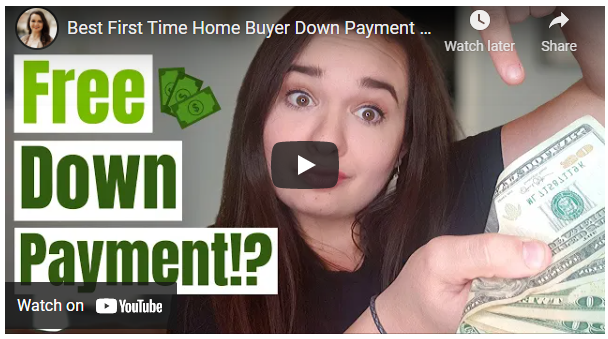Buying your first home isn’t easy, and the process can be daunting. On top of that, most lenders want or require a 20 percent down payment and a credit score of at least 620. While 20 percent might not seem like a lot, depending on the type and size of house you’re looking for, it can be a hefty sum. Additionally, if you don’t have much of a credit history, it can take some time to boost it to a desirable number. However, there are many different programs that are meant for buyers just like you. Below are some of the more common first-time buyer programs available.
Who Qualifies as a First-Time Homebuyer?
Before you can start looking at assistance programs, you need to figure out if you count as a first-time homebuyer. While this might seem like a silly question, many programs have specific criteria defining who counts as a first-time buyer. In some cases, a first-time buyer is just that—a person who is buying a home for the very first time. In other cases, though, this label can be applied to anyone who has not purchased a home in a specific amount of time, usually between two and five years. There are even some programs that might apply to anyone who has never used that particular program before, so make sure that you read the fine print before you apply.
FHA Loans
One of the most popular first-time homebuyer programs is the Federal Housing Administration loan, or FHA loan. Secured by the federal government, FHA loans allow first-time buyers to buy a home even if they have a relatively low credit score and a small down payment. Though these programs have some fairly significant debt-to-asset ratio requirements and they almost always require buyers to file a great deal of extra paperwork, these programs tend to be very popular among those who want to buy a home but who don’t have much saved for a down payment.
Rural Development Loans
Formerly known as Farmers Home Administration (FmHA) Loans, the Rural Development Loan is a product that’s specifically targeted towards first-time buyers in rural areas. The goal of this loan is to get people to buy in underdeveloped areas, and the terms are very generous. Not only are the loans generally available to almost any first-time buyer who has a credit score above 640, but there’s no down payment involved. It’s never a bad idea to look into these loans, even if you don’t feel like the houses you’re looking at are rural. The areas that count as rural may surprise you. This agency’s housing loan program has an $86 billion loan portfolio and has doled out approximately $16 billion in grants, guarantees, and program loans.
State and Local Loans
Many states, counties, and even towns have programs for first-time buyers. These programs tend to be very similar to the FHA loans and tend to have similar requirements, though some may waive down payment requirements and might even provide money towards closing costs. Most of these loans can be applied for if you’re buying homes in certain parts of the region and if you are willing to complete some kind of homebuyer education course before you close.
There are many ways for first-time buyers to get into homes. While you can go with a conventional mortgage, looking at first-time homebuyer programs can help you lower your down payment or help you qualify for a loan with a low credit score. From federal programs to local lenders, there are more ways to get a mortgage than you might imagine. Before you make up your mind, make sure to talk to your lenders in your area to see the programs that might work for you. Do your research to figure out which one will fit you, your budget, and your family best.
You might also like:
- Tips for Making Extra Income Through Real Estate
- How to Know What You Can Afford for Your Next Family Home
- 7 Benefits of Downsizing to a Smaller Home
- How to Calculate the Costs of Relocation
- Purchase Agreements, Disclosures, Deeds, and Other Vital Documents in a Real Estate Sale
- 5 Mistakes Most First-Time Homebuyers Make
- Cost-Effective Options for Small Family Housing



